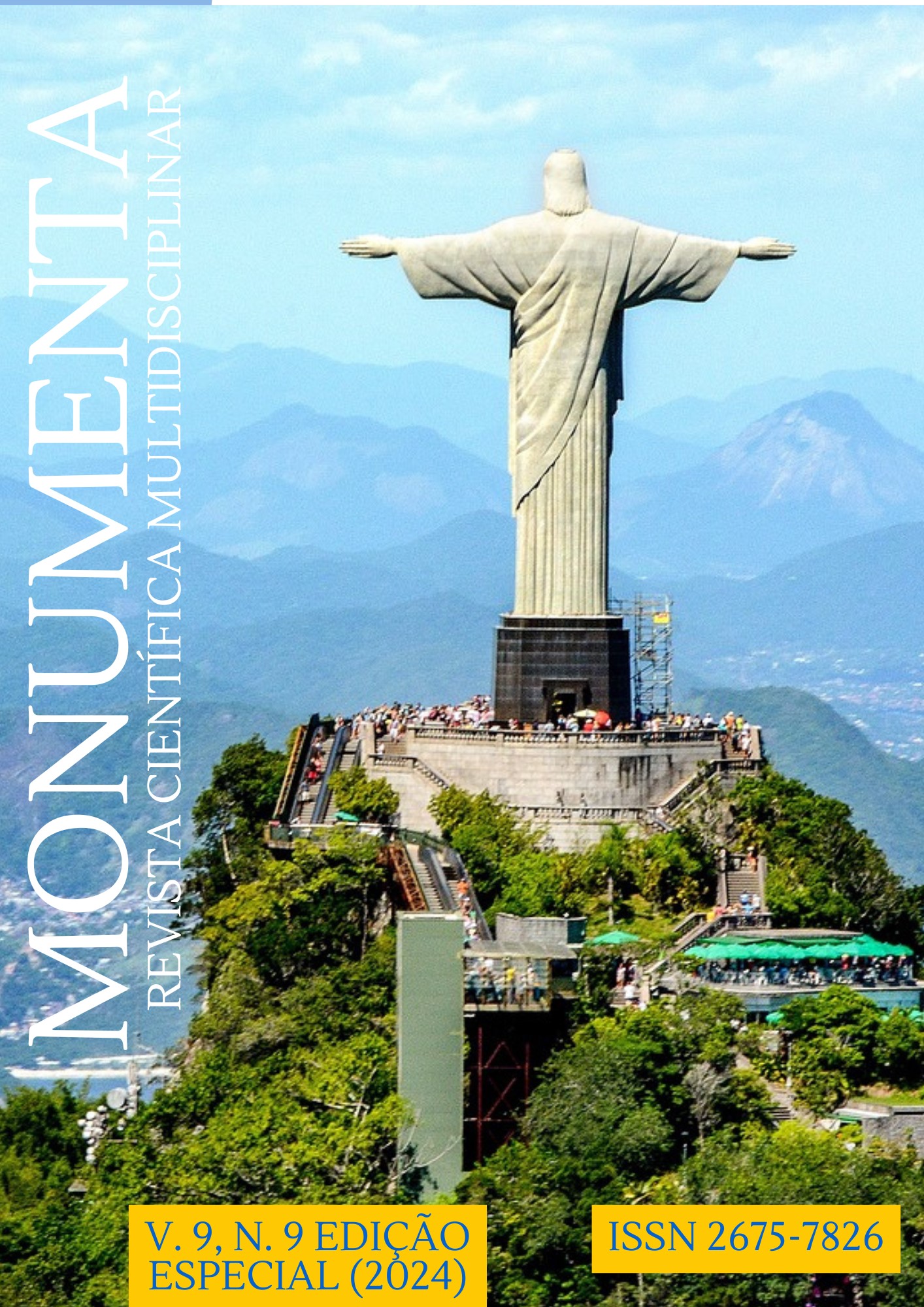3D Printing of Revolutionary Solids
DOI:
https://doi.org/10.57077/monumenta.v9i9.263Keywords:
Geogebra, 3D printing, Solids of RevolutionAbstract
This workshop aims to teach participants how to model and print three-dimensional objects using the concept of solids of revolution. These solids are shapes generated by rotating a curve around an axis, resulting in figures such as cylinders, cones, spheres and other symmetrical objects. The workshop begins with a theoretical introduction, where participants are introduced to the principles governing solids of revolution and their applications in everyday objects. The activity then moves on to the practical part, in which participants use the 3D modeling software Geogebra to develop their own projects. After creating the models, they learn how to prepare the files for 3D printing, configuring essential parameters such as fill density, printing temperature and the need for supports for more complex structures. In the final stage, the models developed are printed on 3D printers, allowing participants to follow the entire process, from setting up the machine to physically making the object. As well as understanding how the printer works, they have the opportunity to experience the moment when their digital creations become real. According to Slavkovsky (2012), the tactile handling of printed objects contributes significantly to understanding the problems addressed, as well as stimulating the search for new technological resources. Thus, this workshop aims to offer a practical and educational experience, enabling participants to model and print their own revolutionary solids, creatively exploring the possibilities of 3D printing.


